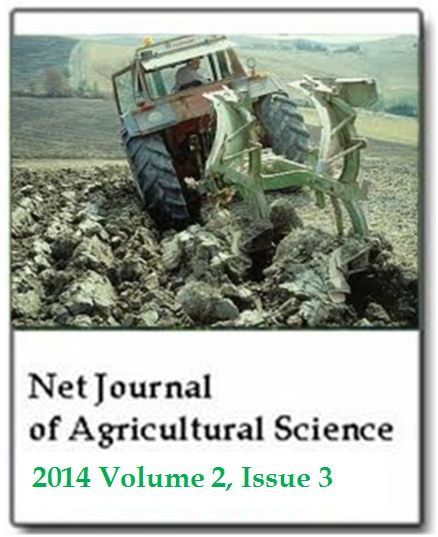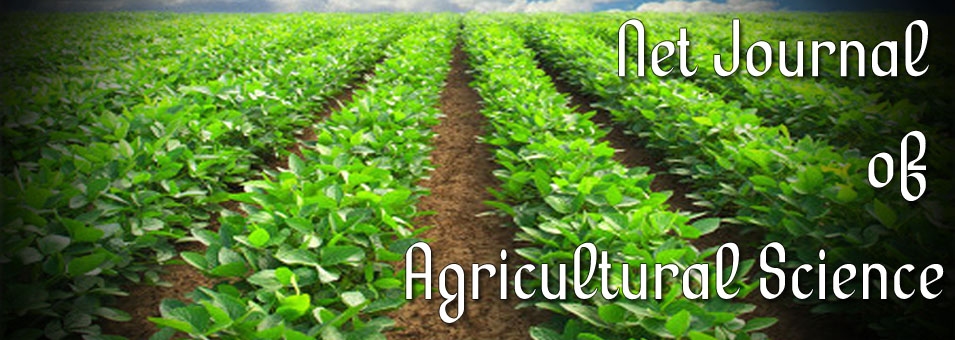Diagnosis of Fusarium oxysporum in the cultivation of pineapple Ananas comosus (L) Merr
Jhonny Vásquez Jiménez and Xiomara Mata GranadosNet Journal of Agricultural Science
Published: September 10 2014
Volume 2, Issue 3
Pages 107-112
Abstract
Since about 2004 there has been a symptom in pineapple (var MD-2) in the humid tropics of Costa Rica, characterized by dieback of plants and different forms of stem rot in both growing vegetative, how after forcing, in the latter case, the crop undergoes a more rapid deterioration. Though productivity due to small fruit can be reduced up to 3000 boxes ha-1 in first crop plantations, the fruit has no internal damage caused by the causal agent. This fitosanitary problem was listed by other authors as an emerging disease in the crop in Costa Rica, therefore, it is associated with a causal agent "unconventionality in the pineapple production in Costa Rica", exists the risk that the disease have different diagnostics by some specialists. It makes possible that the recommendations oriented to control and combat the disease, not exert any effect, on the contrary, the inoculum level tends to rise and hence the intensity of the disease is becoming increasingly critical. For these reasons, we applied protocols for morphological and molecular classification for this disease, we have called "pineapple cultivation dieback" and we have identified the causal agent as Fusarium oxysporum, a disease that is characterized by a drying of the leaves, noticeable loss of vigor of the plantation and severe injury to the vascular level, specifically in the stem.
Keywords: Molecular classification, Fusarium oxysporum, pineapple disease, dieback.
Full Text PDF
